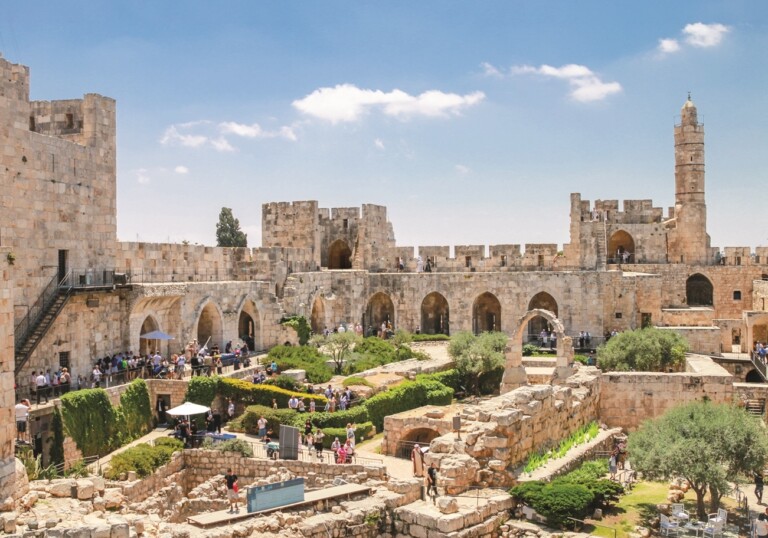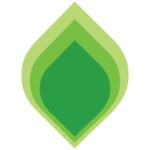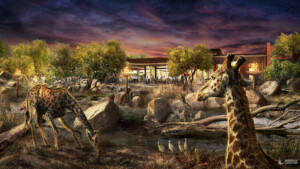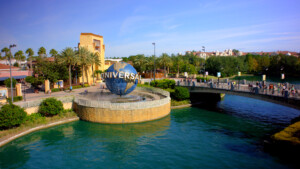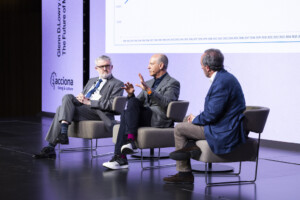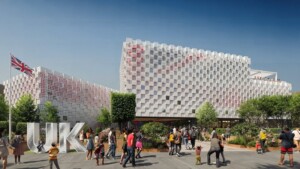Jerusalem’s Tower of David Museum is hosting a global conference on accessibility in heritage, historical and cultural sites next week.
Per a press release, the museum is the first in Israel within an ancient site to have achieved almost complete accessibility for visitors with disabilities.
Taking place on 4 and 5 December, the conference debuts after International Day of Persons with Disabilities on 3 December.
It features speakers from across the world, who will share case studies, explore solutions and promote collaborations to enhance accessibility in heritage environments.
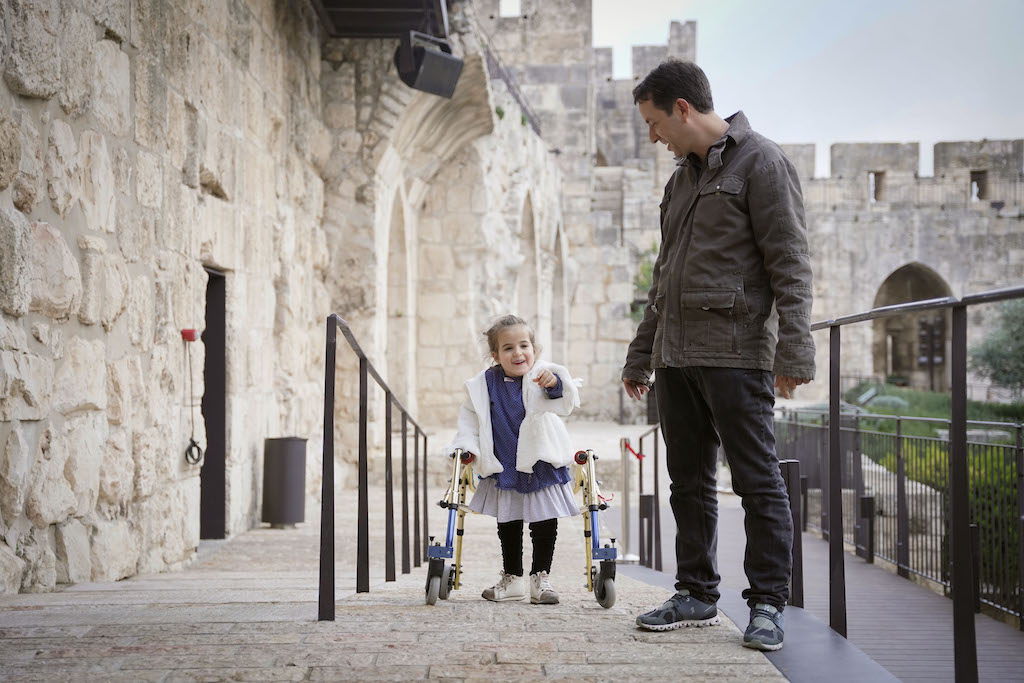
These include Molly Bretton, head of learning at the Royal Academy of Arts in London, Cathelijne Denekamp, manager of accessibility and inclusion at Rijksmuseum in Amsterdam, and Jeremy Buzzell, manager of park accessibility at the US National Park Service.
The conference is free of charge and in English. The full schedule is here, but key topics include:
- Balancing accessibility and preservation
- Accessibility in historic cities
- Addressing the growing demand for accessible and inclusive tourism
- Technology in heritage sites
- Community engagement and inclusive design in museums in historic buildings
Free online conference next week
Last year, the Tower of David Museum reopened following a three-year, $50 million renovation, which involved making the ancient citadel accessible and inclusive for all.
Eilat Lieber, director and chief curator of the Tower of David Museum, said: “We are hosting this conference largely because of our own recent journey.
“During the total renewal of the Tower of David Museum that was just completed, we faced one of the most complex challenges imaginable: making an ancient, intact citadel – whose history spans over 3,000 years – and our state-of-the-art permanent exhibition truly accessible to all.
“The challenges were immense. Our site is rich in layers of history, with narrow passages, steep staircases, and spaces designed centuries ago with no thought to modern accessibility needs.”
She added: “To make it even more challenging, there weren’t many examples to follow. We had no guidebook, no road map. Instead, we had to forge our own path, bringing together archaeologists, architects, historians, preservationists, curators, and designers to collaborate and innovate.”
The museum installed a unique elevator, as well as chair lifts and ramps. It also widened passages and “transformed this ancient fortress into a space that welcomes almost everyone – for the first time in over a thousand years”, Lieber said.
“Nothing has been more rewarding than seeing the joy and wonder in the eyes of someone who, just a few years ago, would have not have been able to explore the historic citadel from multiple angles and enjoy the magnificent archaeology that Jerusalem has to offer.”
Images courtesy of the Tower of David Museum
